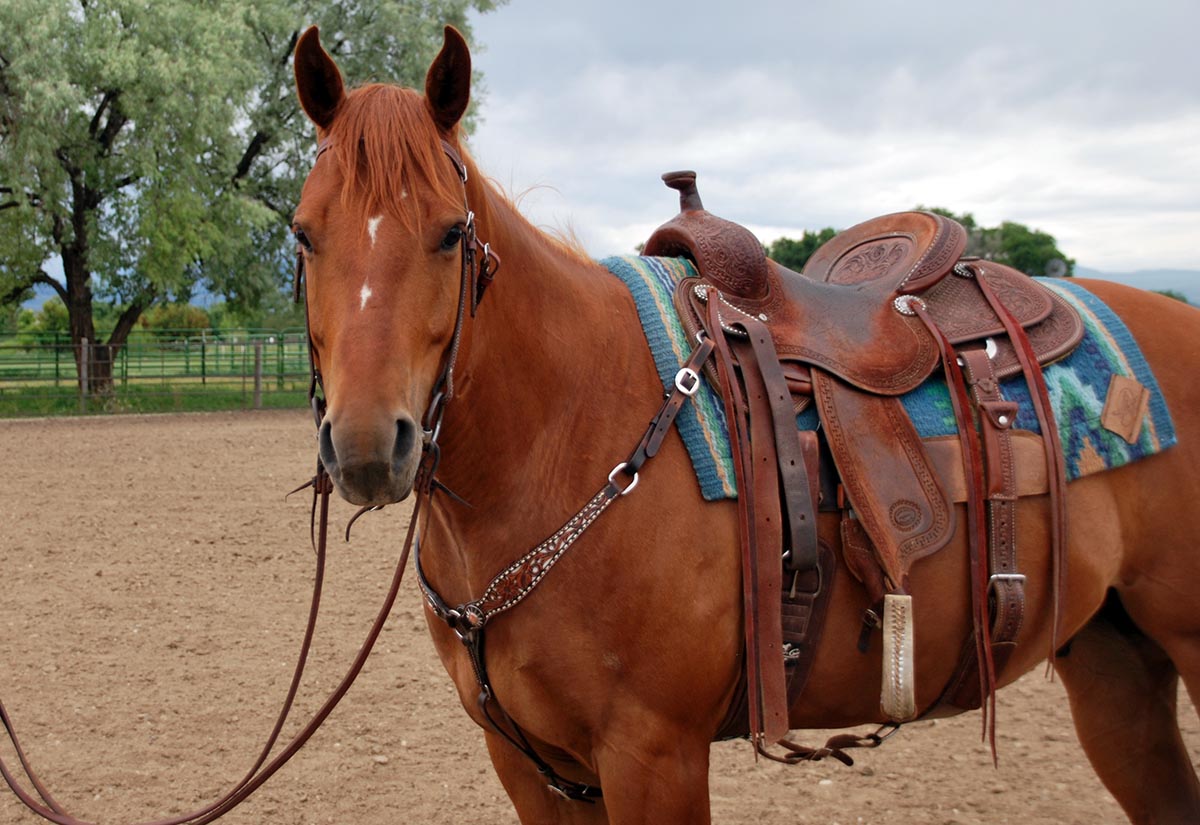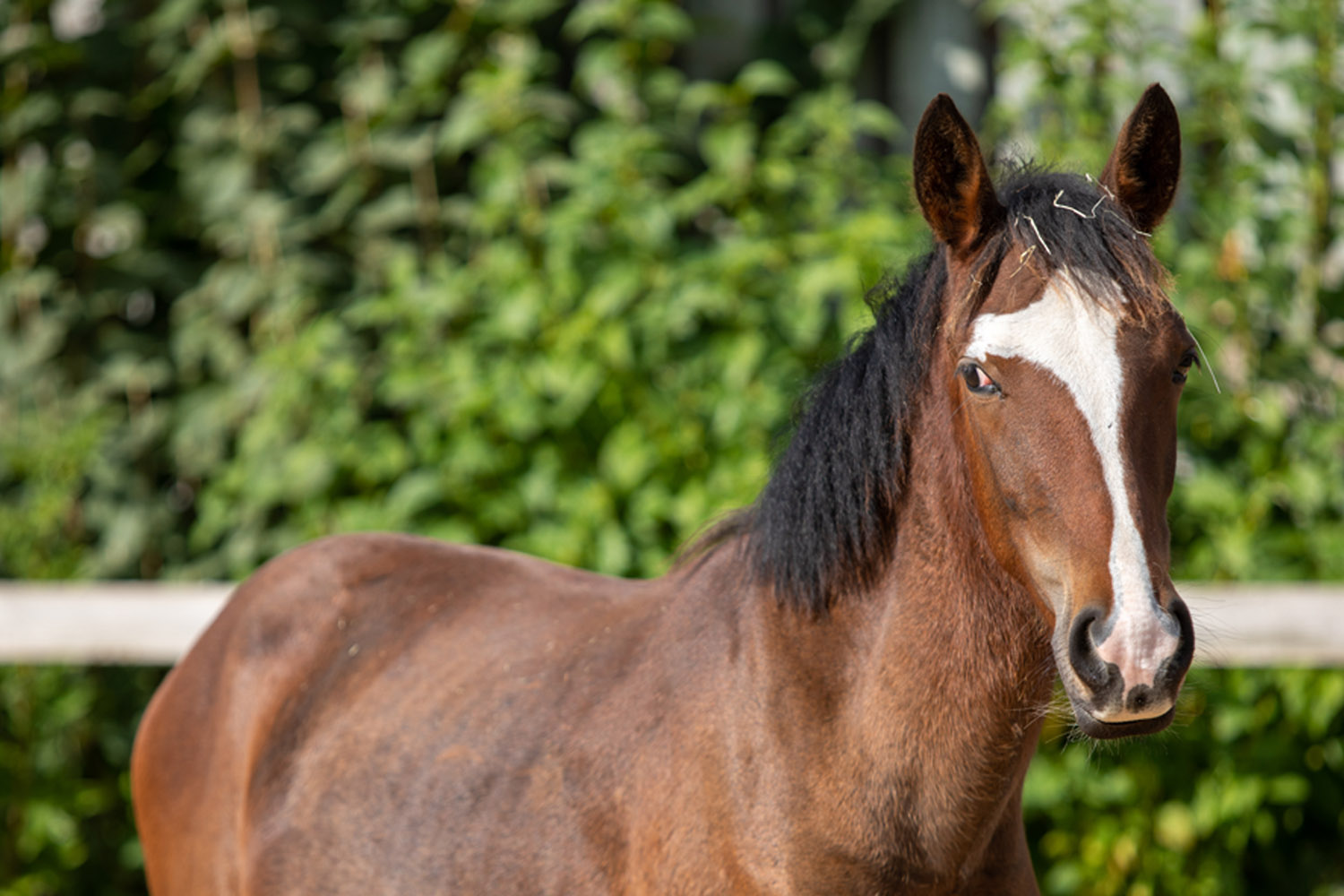Maintaining your horse’s mane is a crucial part of grooming and overall care. Understanding how to trim a horse mane efficiently can enhance both its appearance and comfort. As horse enthusiasts, we recognize the importance of this task, which is why it is essential to keep the process safe and rewarding.

Why Trim a Horse’s Mane?
Trimming a horse’s mane is not just about aesthetics. A well-maintained mane can prevent tangles, reduce the risk of injury, and facilitate easier handling during riding or competitive events. Furthermore, a neatly trimmed mane can help keep your horse cool, as it reduces the heaviness that might cause discomfort in warmer weather.
Essential Tools Needed
Before you start learning how to trim a horse mane, ensure you have the right tools. These include thinning scissors, a comb, a brush, a spray bottle filled with water, and a pair of clippers if you are opting for a shortcut style. Each tool plays a significant role in achieving the perfect mane trim.
Choosing the Right Equipment
The right equipment simplifies the trimming process and ensures a polished look. Horse first aid tools such as scissors and brushes are essential. Quality tools ensure you execute the task with precision and ease.
Step-by-Step Guide to Mane Trimming
Understanding the step-by-step process of how to trim a horse mane will help you carry out this task effectively.
1. Prep Your Horse
Before trimming, ensure your horse is calm. You may pair this activity with groundwork exercises to synchronize your efforts, helping your horse feel comfortable.
2. Detangle and Clean the Mane
Use a comb or brush to detangle any knots. This step is critical to avoid an uneven trim.
3. Determine the Desired Length
Decide how short you want the mane before making any cuts. Knowing the outcome helps maintain consistency throughout the trimming process.
4. Begin Trimming
Start from the base of the neck and work toward the head. Using thinning scissors, make small snips to avoid cutting too much. If you are using clippers, maintain a steady hand for precision.
5. Check for Uniformity
Upon completion, ensure the mane is even. Trim any areas that appear longer or misshaped.
Mistakes to Avoid
Avoid pulling the mane excessively or using blunt tools, as these can cause discomfort or physical harm. Ensure your horse is relaxed to prevent sudden movements that might lead to accidents.
Maintaining a Healthy Mane
A healthy mane requires regular maintenance. Weekly brushing, proper washing, and occasional trimming are vital to ensuring your horse’s mane is always in its best state.
The Role of Diet
A balanced diet contributes significantly to mane health. Ensure your horse’s nutrition is suitable to promote strong and shiny hair growth.
Continuous Care
Consistency is key. Regular grooming prevents tangles and nourishes the mane, keeping it sleek and manageable.
Linking Trimming with Other Grooming Practices
Trimming your horse’s mane should align with other grooming activities, such as tending to their gear. Maintaining gear ensures a holistic approach to horse care.
Conclusion
Understanding how to trim a horse mane isnt complex but does require attention to detail. With proper preparation and tools, you can maintain your horses mane effectively. Embrace the routine, and enjoy the grooming process with your horse.

FAQ
1. How often should I trim my horses mane?
It varies depending on breed and style, but generally every 4 to 6 weeks.
2. Can trimming a mane improve my horse’s performance?
While not directly, a well-trimmed mane can enhance comfort and reduce distractions.
3. What is the best tool for trimming a horse’s mane?
Thinning scissors and clippers are ideal due to their precision and ease of use.
For more information, visit this horseback safety guide.






